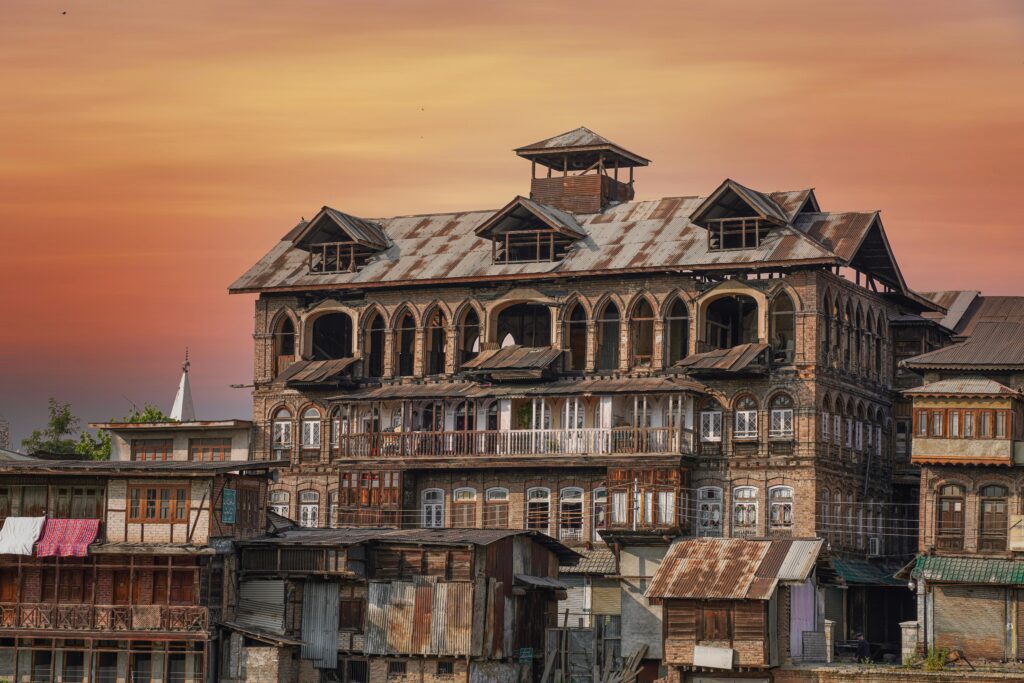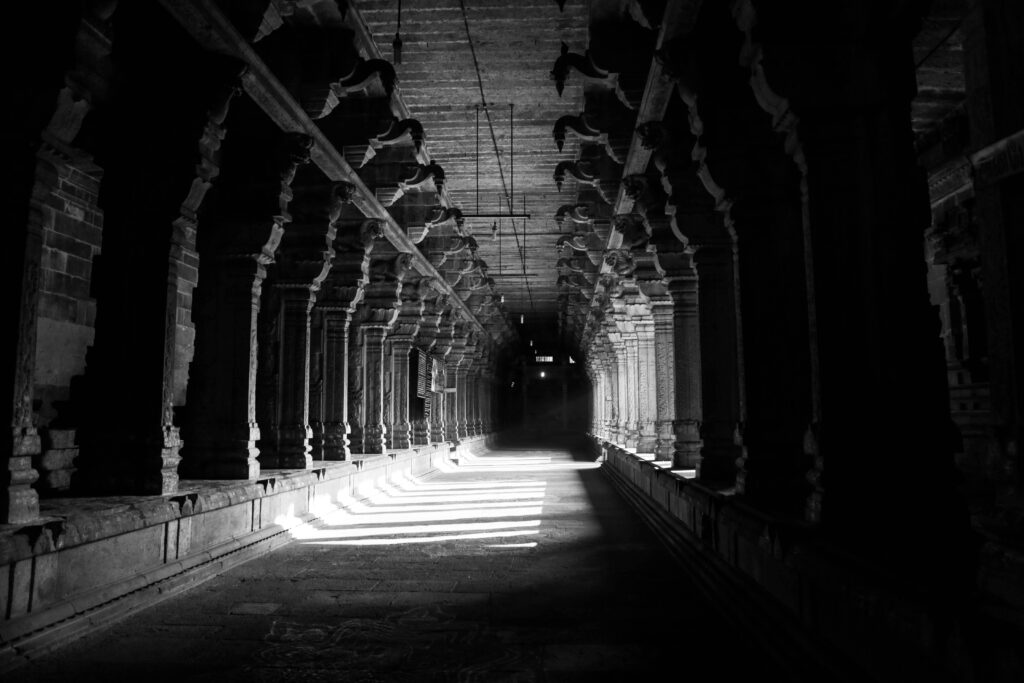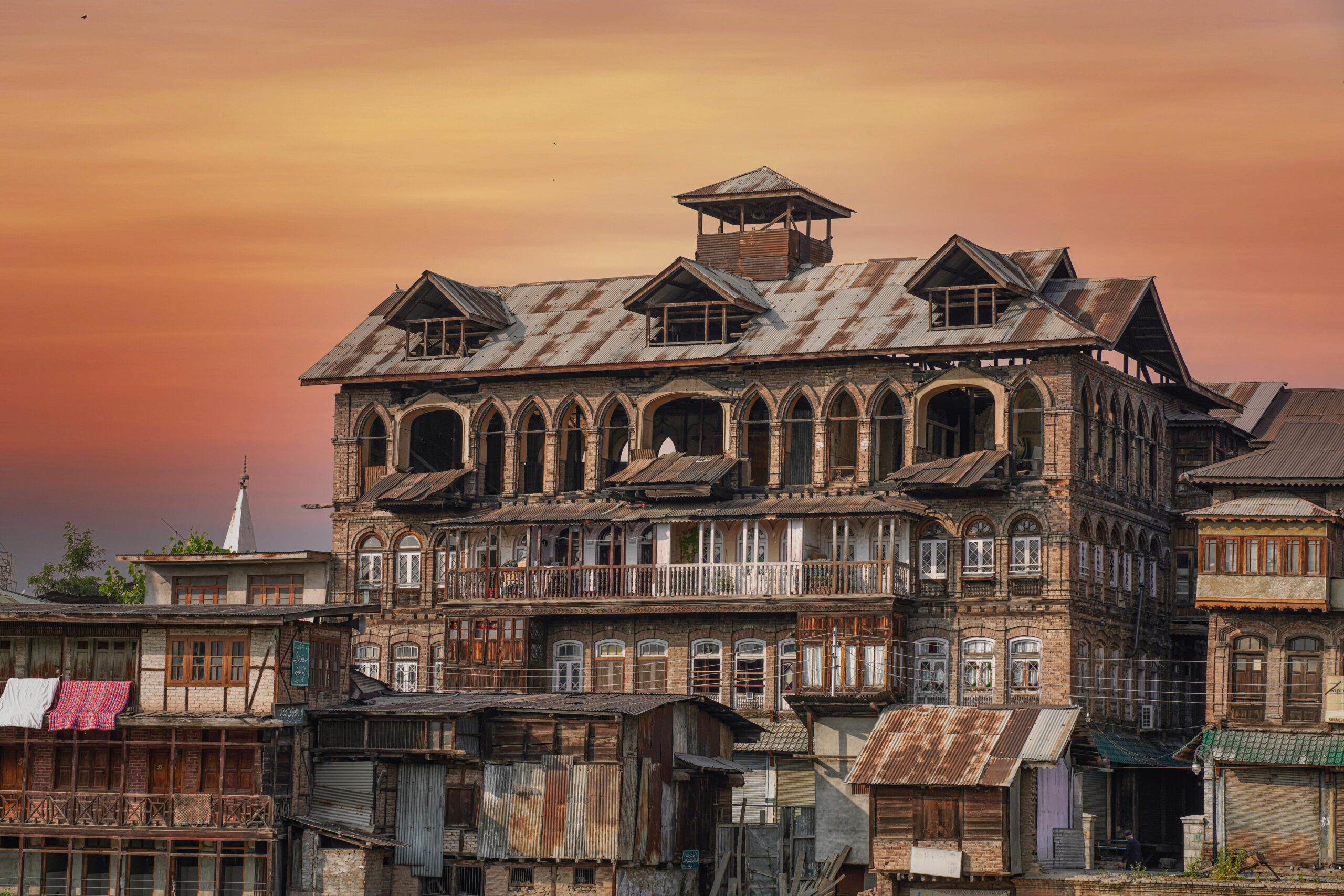Traced History of Kashmir:
The earliest traceable history of J&K can be found in Mahabharat. It was ruled by Kambojs and Rajpura (Rajouri) was the capital. Then, Panchala (Distorted form of Sanskritic tribal term) ruled the state which now is known as Pir Panjal.

Earliest books or literature:

Nilamata Purana (Pronun: Neel-Mat Puraan):
The earliest known text of Kashmir written by Kashmiri Brahmins between 6th and 7th century A.D. Later, Kalhana used this text as a source to write history of Kashmir. Kalhana was the first historian of Kashmir. He was a 12th century AD poet-historian who wrote Rajtarangini during 1148-1150 A.D. This is the reliable “Historical Text” which can be presented as the earliest source on Kashmir region.
According to the Purana, Kashmir was once a lake and it was drained out by “Sage Kashyapa.” Then people were asked to settle in the valley. After the incident people named the valley as Kashyap Mar and Kashyap Pura.
Kashmir was called with different names by different people like:
- Greeks: Kasperia.
- Chinese Pilgrim (Hiuen Tsang): He visited Kashmir valley in 631 A.D and named the valley Kashi- Mi-Lo.
- Native People: Kasheer.
Ancient History of Jammu & Kashmir

Empires which ruled Kashmir:
Mauryan Empire:
According to Kalhana, valley was ruled by The Mauryan Empire ruler Ashoka (Converted to Buddhism in later life) during 304-232 BCE. He founded Srinagari which is now known as Old city of Srinagar or Pandrethan (Proun.: Pundre-Than). He built many Viharas (Monasteries), Shiva Temples, Shrines, Stupas, etc.
He appointed Majjhantika (Buddhist Missionary) to preach Buddhism in the valley. Also, according to Hiuen Tsang around 500 monks settled in Kashmir to preach Buddhism.
Kushan Dynasty:
Kushan Dynasty came into power after Mauryan Empire. When Kanishka held 4th Buddhist Council in Kashmir, Buddhism was then divided into two groups:
- Mahayana
- Hinayana
Kanishka established many viharas (Monasteries) and temples because of which Kashmir became the learning place for Buddhism and Hinduism.
Karkota Dynasty:
Karkota came into power after Kushan Dynasty founded Durlabhavardhana (598-634 AD). Hiuen tsang (Chinese Pilgrim) visited Kashmir and stayed for approx. 2 years to study Sanskrit and Hindu scriptures from learned scholars. Lalitaditya Muktapida (Known as Samudragupta of Kashmir) was the best ruler of Karkota Dynasty (724-760 A.D). Parihaspur (City of Pleasure) near the shrine of Kheer-Bhawani was built by Lalitaditya Muktapida. He built many temples one of which world-famous temple of Kashmir (Anantnag) Sun Temple (Martand) was built by him. Jayatida (Grandson of Lalitaditya) was among the best rulers of this dynasty. He was a patron of learning.
Kashmiri Shaivism:
This is a religious tradition which believes in basic ritual practices, asanas and pattern of meditation. It flourished in 800 CE. The fundamental concept of this process is Unity of Soul with Shiva. Shivasutra is marked as the beginning of Kashmir Shaivism which is a collection of 77 verses attributed to the Kashmiri sage Vasugupta.


2 thoughts on “Brief History of J&K according to exam pattern.”